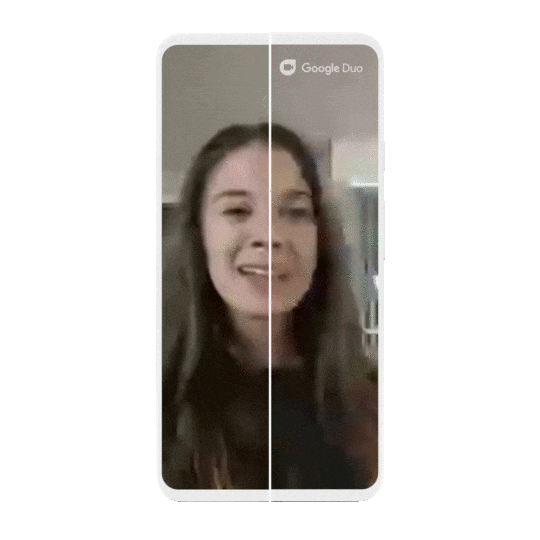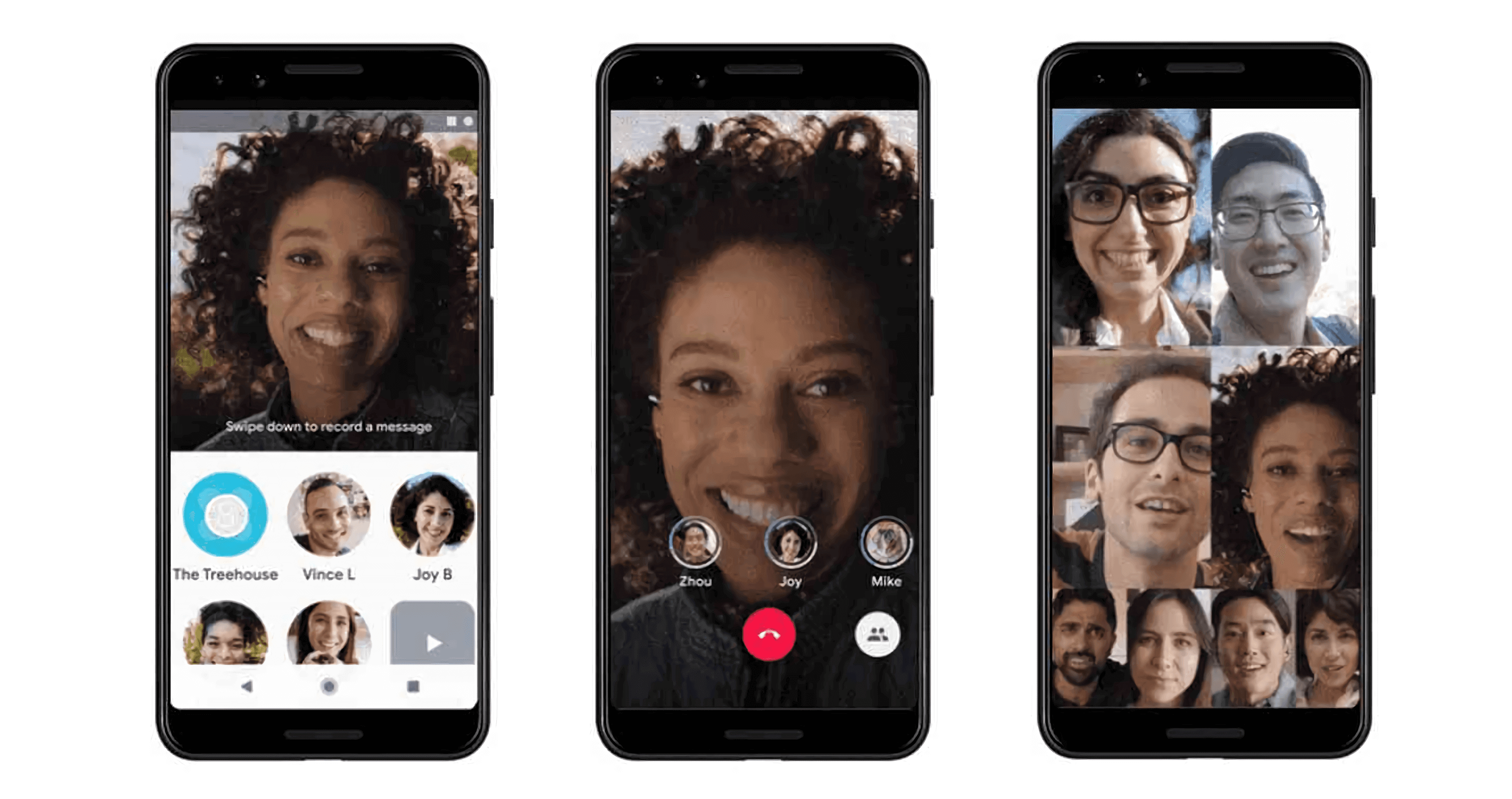In brief: Many people are using video calling as a way to stay in contact with friends, family, and coworkers. Google Duo has added some new features, including the new AV1 video codec that improves video quality for low-bandwidth video calls. This should help those with poor cellular or internet connections.
With much of the world moving to video conferencing, Google is trying to boost its Duo application with a few new features. Google Duo is primarily a FaceTime competitor, but the company says it's seen a 8x jump in calls in the recent weeks.
Chief among the new features is support for a new AOMedia Video 1 (AV1) compression algorithm that drastically improves video quality and reliability. This compression technology is particularly useful for low-bandwidth video calls. The GIF below shows the improvements brought by the technology when used on a video call at just 30kbps:

There is a clear difference in quality between the left and right halves of the video comparison. This could prove useful for people with low cellular reception in rural areas or just slower internet connections period.
The AV1 video codec is a new compression algorithm that's more efficient than the VP9 codec that's typically used by streaming services. In fact, Netflix is starting to replace VP9 with AV1. Facebook published a blog post on its engineering site that demonstrates how AV1 beats VP9 and H.264. The AV1 codec is about 30% faster than VP9 and between 46-50% faster than H.264.
Other improvements to Google Duo include the ability to take photos of the video call instead of having to do a screenshot and support for up to 12 call participants at once. Before Duo limited the maximum number of people to just 8. For comparison, Apple's FaceTime can hold up 32 in a single call (as long as everyone has an Apple device that is).
Google says the new updates will be rolling out in the coming weeks.
